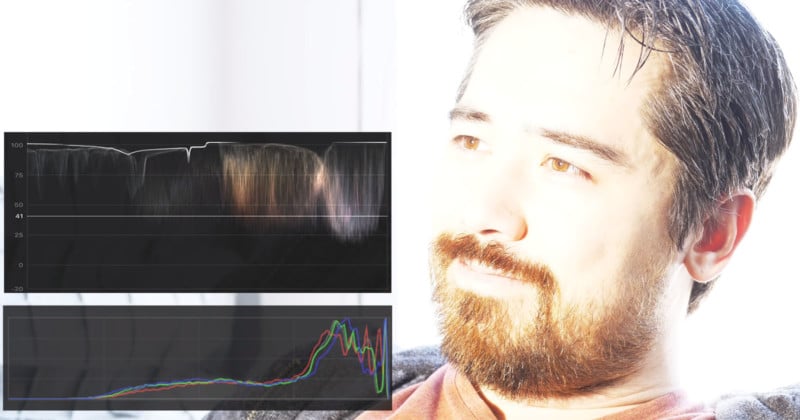Why Waveforms Beat Histograms and Why Still Cameras Should Use Them
While still cameras use histograms to show tonal distribution and clipping, many video cameras use waveforms for the same purpose. Here’s an educational 8-minute video in which DPReview‘s Chris Nichols argues why waveforms are better than histograms and why still cameras should adopt them too.
Waveforms, on the other hand, are able to show both of those things, since the x-axis represents the horizontal location of things in the scene and the y-axis represents the range between blacks and highlights.

“What we really need to do is get those tools that we have in the video software and move them into the photo side of things,” Nichols says. “The technology’s there, it’s very easy to do. There’s no challenges other than getting over the mindset of trying to keep video and photo tools separate for some crazy reason.”